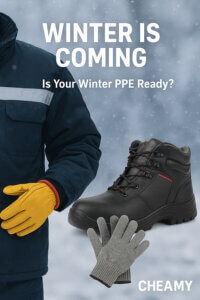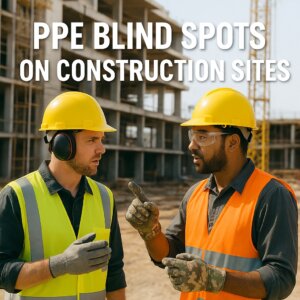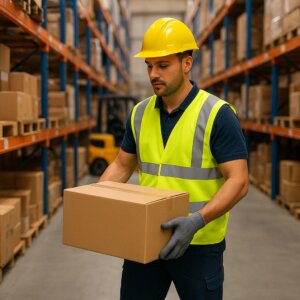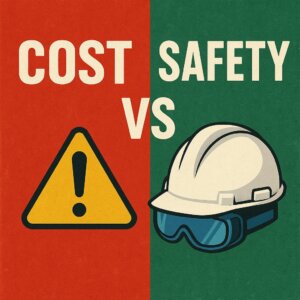Whether you’re a construction worker, chemical plant operator, or machinery technician, a pair of certified safety shoes can be your lifesaver in hazardous environments. But with countless options on the market, how do you avoid pitfalls? This no-nonsense guide has you covered—
Step 1: Verify the Safety “ID” (Certifications)
- Mandatory Standards: Prioritize shoes certified by GB 21148 (China) or EN ISO 20345 (EU), the baseline for protective performance.
- Specialized Features: Match your job hazards to additional labels (e.g., S3 for water resistance, P for puncture resistance, E for electrostatic dissipation).
Step 2: Match Your Work Scenario
| High-Risk Scenario | Key Requirements | Recommended Features |
|---|---|---|
| Heavy Lifting | Impact/Crush Resistance | Steel/Composite Toe + Reinforced Midsole |
| Greasy/Oily Floors | Slip & Puncture Protection | Deep-Tread Outsoles + Kevlar Anti-Puncture Layer |
| Electrical Work | Insulation | Rubber Outsoles + 6000V Insulation Certification |
| Chemical Exposure | Corrosion Resistance | Full Rubber/PU Molded Construction |
Step 3: Prioritize Comfort & Details
- Breathability: Mesh panels + antimicrobial insoles (prevents foot odor and infections).
- Cushioning: EVA midsole/air-cushioned heels (reduces fatigue for long shifts).
- Fitting Rules: Wear work socks during try-on, leave 1cm space at toes, and ensure no slippage when laced.
Red Flags to Avoid:
⚠️ Fake-certified shoes: Cheap options may meet outer shell standards but lack inner protective layers.
⚠️ Replace every 2 years: Protective performance degrades over time, even if shoes appear intact.
Final Note: Safety shoes aren’t just gear—they’re critical PPE. Investing in quality now is far cheaper than workplace injury costs. Your feet deserve nothing less!








